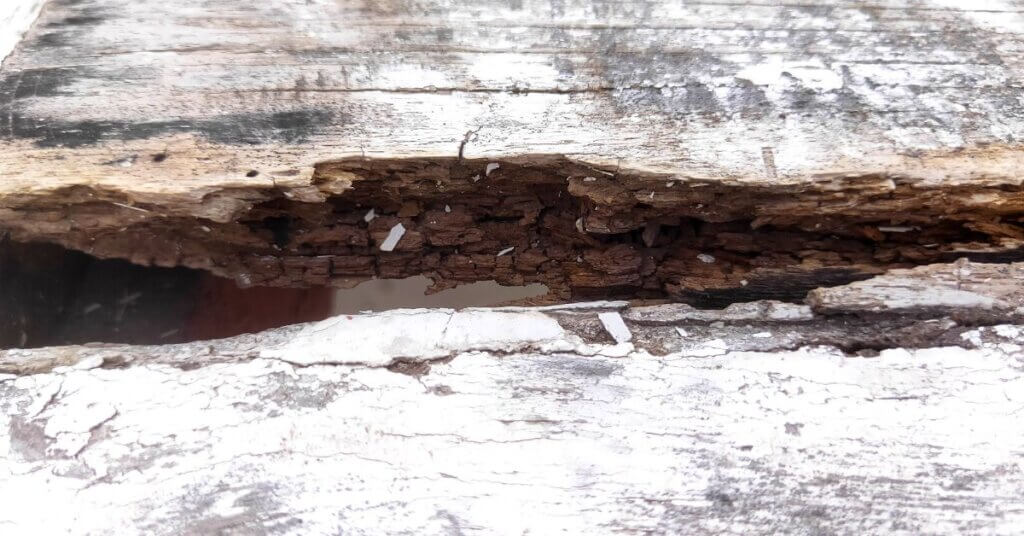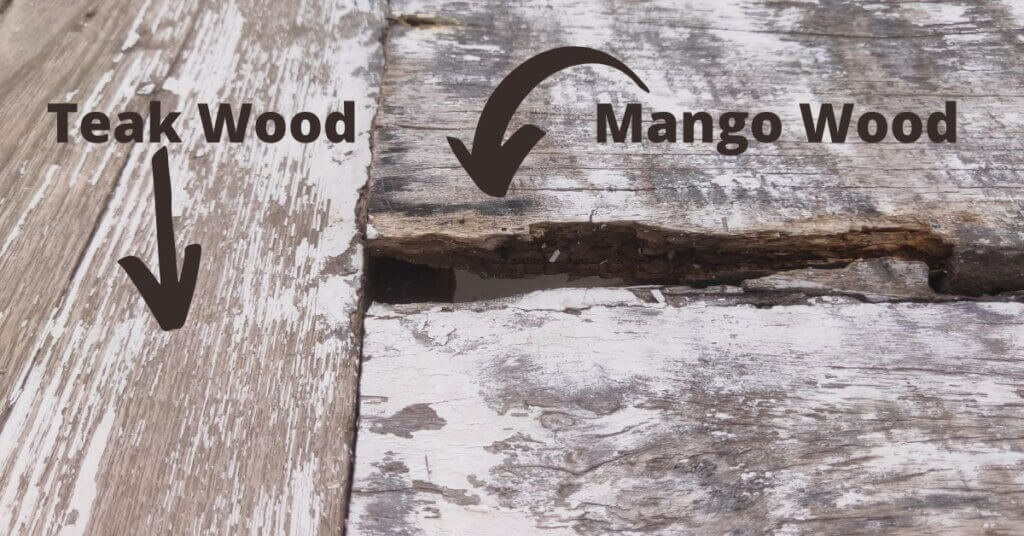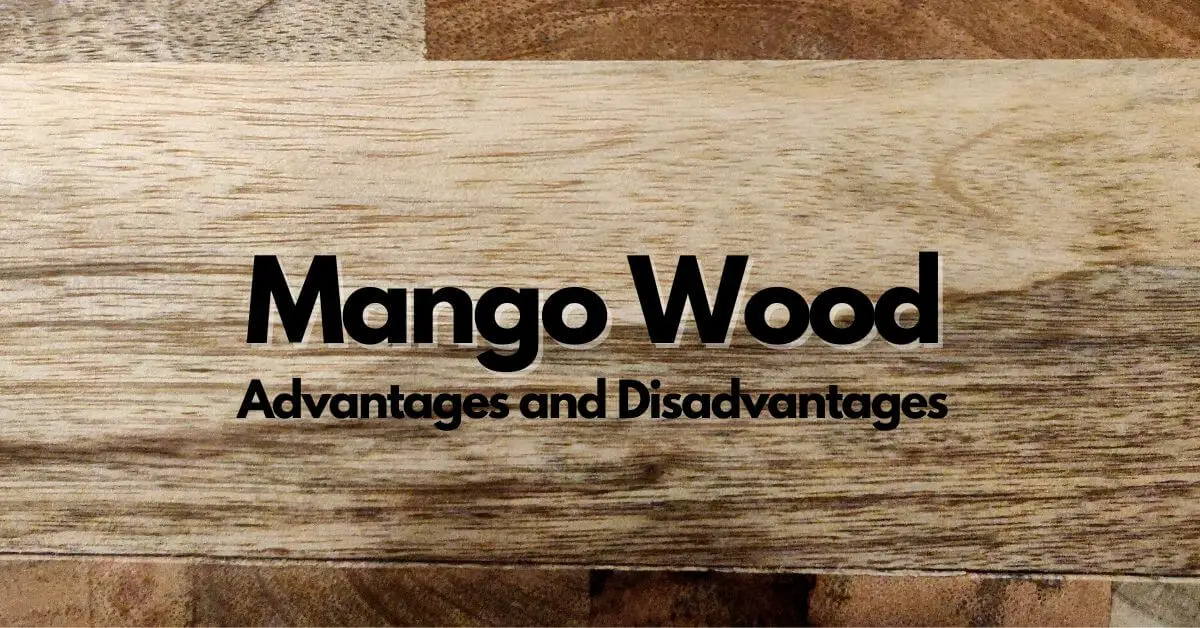What is Mango Wood?
Mango is a strong, stable, inexpensive, and beautiful-looking hardwood. It is one of the most common woods found in Southeast Asia, particularly in India and Myanmar.
Mango wood is an excellent choice for all types of indoor furniture. Mango wood is used for making furniture, veneer sheets, plywood, flooring, etc.
The mango tree is famous for its sweet fruit. It produces wood and fruit which makes it a valuable tree.
Characteristics
| # | Mango wood |
| Scientific name | Mangifera indica |
| Tree Size | 80-100 ft (24-30 m) |
| Types | Hardwood |
| Janka Hardness | 1,070 lbf (4,780 N) |
| Average dried weight | 42 lbs/ft3 (675 kg/m3) |
| Odor | No |
Mango Wood Advantages
Some of the advantages of Mango Wood are as follows.
Appearance
Mango wood is famous for its beautiful golden brown or dark brown color with yellow and pink and/or black streaks.
After finishing it becomes even more beautiful and smooth. Proper staining enhances its golden brown color.
Solid and durable
Mango wood A strong and stable hardwood, its Janka hardness value is 1,070 lbf (4,780 N). Its hardness protects it from easy scratches and dents. And make an ideal choice for flooring.
Widely available
I believe mango is the most commonly used hardwood in India and Myanmar. The mango tree is cultivated for its fruit. Therefore, mango lumber is widely available in the Asia region.
Inexpensive
Mango wood is inexpensive or available at a moderate price. It is much cheaper than rosewood, koa, and teak. Mango is sold in board and slab form.
Versatile
Mango wood is a versatile hardwood used for many purposes. Mango wood is suitable for making all kinds of furniture. Such as doors, door frames, chairs, windows, and many more.
Easy to work
Mango wood can be easily worked with hand and machine tools. Its straight grain allows it to work easily.
When we work with most hardwood, the biggest challenge is the heavy weight and hardness. But due to the moderate hardness and weight of mango wood. Woodworkers love to work with mango wood because it saves time and resources.
Mango wood is easy to stain, and paint. It absorbs the stain well and produces rich deep brown colors.
Mango Wood Disadvantages
All the woods around the world have their merits and drawbacks. Some drawbacks of mango wood are also like this.
Wood is not rot resistant
Mango wood is not naturally rot resistant. So if you are planning to make extremely durable furniture then you should not use mango wood. Mango is not weather resistant and is also susceptible to both fungal and insect attacks.
Mango wood is a good option for indoor furniture, but it should be avoided for outdoor furniture. It requires more care and maintenance than other hardwoods.
I have outdoor furniture made of mango and teak wood which was in use for almost 2 years with less care. This furniture was constantly exposed to sunlight, dust, and moisture.

You can see in the image below that some parts of the mango wood have started rotting, while the teak wood is still completely healthy.

I do not mean to say that mango wood is completely useless for external use. But if you are planning to make furniture that will last for a decade, then you should choose some other wood.
Discoloration
Mango wood is golden brown in color. Which looks quite attractive, until it becomes discolored. Due to continuous exposure to UV rays and water, it loses its natural color.
Due to prolonged exposure to moisture, dark spots start to accumulate on the wood surface.
Read about: mango wood vs oak wood

